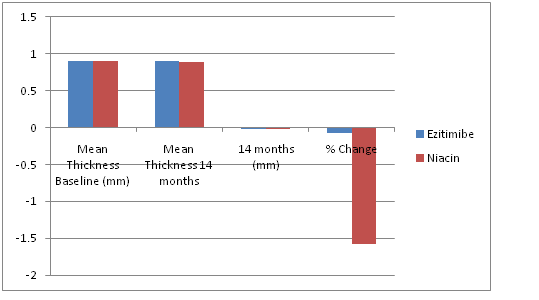The Impact of Different Treatment Strategies on Cardiac Death and MI Rates in Patients with Type 2 Diabetes and Stable Coronary Disease, N Engl J Med2009; 360:2503- 2515. In patients with type 2 diabetes and stable ischemic heart disease … prompt revascularization significantly reduced major cardiovascular events, as compared with intensive medical therapy, among patients who were selected to undergo CABG …
Elective Cardiac Catherization
…slightly more than one third of patients without known disease who underwent elective cardiac catheterization had obstructive coronary artery disease… Low Diagnostic Yield of Elective Coronary Angiography In an article, published in the NEJM in 2010, the authors analyzed data from a national registry on cardiac catheterization, reporting only 38% of elective, diagnostic coronary angiograms showed obstructive lesions, and 39% …
Percutaneous Coronary Intervention (PCI) – Risks & Benefits
A 58-year-old man has chest pain at 9:30 a.m.; 3 hours later, he calls for an ambulance. Paramedics arrive, provide standard treatment, and transport him to the nearest emergency department. On his arrival at a small hospital at 1 p.m., the findings are diagnostic of a myocardial infarction with ST-segment elevation. The emergency department physician recommends immediate transfer to a …
Niacin vs. Ezitimibe, Niacin Therapy
Extended-Release Niacin or Ezetimibe and Carotid Intima–Media Thickness (The ARBITER 6–HALTS trial, Taylor et al., NEJM, 11/15/2009): In a recent study, the effect of extended-release niacin (Niaspan, target dose, 2000 mg per day) was compared with ezetimibe (Zetia, 10 mg per day) in a small group of 208 patients with established Coronary Artery Disease (CAD). All these patients had been …


